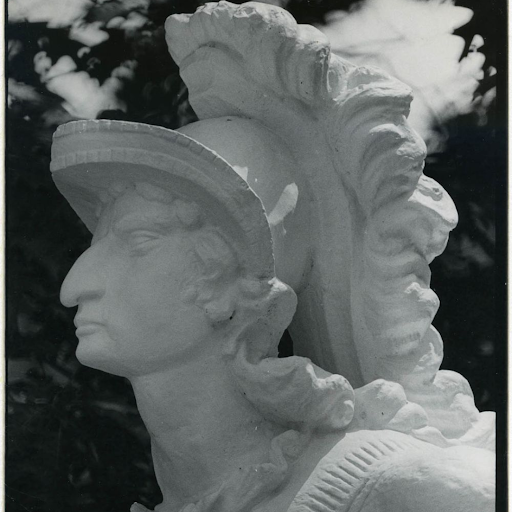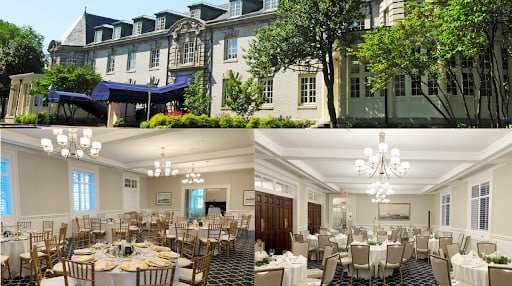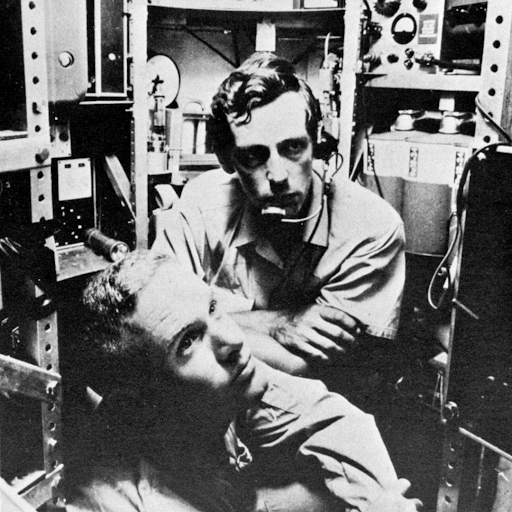As you walk the beautiful pathways of the U.S. Naval Academy, you’ll come upon a treasure trove of monuments, busts, ordnance and war relics which pay homage to the Academy’s long and storied history. When you reach the spot where Stribling Walk meets Maryland Avenue, you’ll find an unusual one—the Macedonian Monument, which celebrates then Lieutenant Stephen Decatur’s victory over the British HMS Macedonian in the War of 1812. It’s unique because it is an outdoor monument constructed of wood, and the story it memorializes is also captivating.
The Macedonian Monument’s Beginnings
Brought back from Tripoli as the spoils of war, the large head of Alexander the Great was placed on an ornamental concrete base on the Yard, surrounded by cannons from the captured ship. The original head was the figurehead of the HMS Macedonian, which was captured from the British. After it made its way to the Naval Academy, it suffered badly under the elements. In an attempt to protect it, it was first covered with lead, and then with fiberglass some years later. Around 2010, the class of 1973 funded a project to re-create the head in bronze. However, the Maryland Historic Preservation Commission required the monument to be re-created in wood, as that was what the original monument was constructed of. The old monument was laser-scanned in place, and a styrofoam replica was carved using the scanned data. Artisans then improved that model, correcting all of the wear and tear caused by the elements. Finally, the improved model was scanned again and that data was used to carve a wooden replica, which is what you see on the monument today. The flag captured from the ship is housed in Mahan Hall, facing the monument.
The Story Behind the Statue
While the Macedonian Monument is impressive, the story behind the heroes it commemorates is even more so. Early in the War of 1812, Captain Stephen Decatur, Jr. commanded USS United States as it patrolled the Canary Islands near Madeira, Spain. On October 25, 1812, it came within view of the HMS Macedonian, also patrolling the area for the Royal Navy. The two battled. For fifteen fraught minutes, the American ship dominated the encounter, felling the masts with its shots. The Macedonian promptly surrendered, and Decatur took his treasure with him to New York. It marked a significant moment, since it was the first British warship the Americans had captured.
A famous oil painting commemorates this achievement: Engagement between the United States and the Macedonian. American painter Thomas Birch painted it in 1813, and it was the first of at least three versions he created, one of which graced the Oval Office of President John F. Kennedy from 1961-1963.
Decatur’s Other Famous Feat
Decatur already had a formidable reputation when he accomplished this feat. On February 16, 1804, he helped destroy a U.S. frigate, the Philadelphia, which was being held by the Tripolitans. Unfortunately, this ship had gotten caught on a reef near Tripoli Harbor, and U.S. Captain Bainbridge and his crew surrendered to the Tripolitans. They were captured and the boat was moved into the harbor, where it was stripped of valuable items.
A lieutenant on the Intrepid at the time, Decatur was in command of 75 sailors, and together they sailed into the harbor under the guise of being a British merchant with British colors. They claimed their anchors had been lost in a storm, and they needed to moor next to the Philadelphia until the morning. Before a guard could warn the Tripolitans, the Americans overpowered the Tripolitans and set the captured U.S. frigate on fire to keep it out of enemy hands. For their bravery, Decatur and his crew received high marks for their “performance of the dangerous service assigned them.” He was also promoted to captain.
Decatur grew up not far from the Annapolis area. He was born on January 5, 1779, in Sinepuxent or Sinepuxent Town, which was a Worcester County village wiped off the map by a hurricane in 1818, never to be rebuilt. However, his actions in Tripoli, and throughout his naval career, are still remembered today. He started as a Navy midshipman on April 20, 1798, flew the pennant of a commodore during the War of 1812, and after defeating the HMS Macedonian, went on to serve as Navy Commissioner from 1816-1820. Sadly, he died in a duel with Commodore James Barron, whom Decatur had spoken out against in the past, on March 22, 1820. Prior to his death, he received congressional recognition and a sword for his service in Tripoli, as well as a gold medal for his distinguished service in the War of 1812
Their Memories Live On
At the U.S. Naval Academy, we are grateful for the bravery of every Navy sailor, and we’re proud to have the Macedonian Monument as a lasting reminder of the sacrifice and fortitude needed to protect our freedom. There are many more monuments and statues, and we encourage you to take any one of our USNA sightseeing tours and experience them in person. Often larger-than-life, they bring our history to vivid life. When you take a tour, you give back to the midshipmen of today. The Naval Academy Business Services Division (NABSD) supports the Brigade of Midshipmen by providing proceeds from our 20 business units to support a variety of extracurricular activities such as cultural arts, theater, music, club sports, and more. Come enjoy the dining, shopping, and tours today on the Yard, and celebrate the history happening right now.
-1.png)










